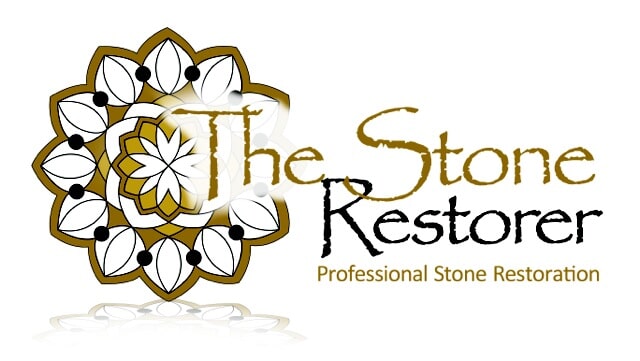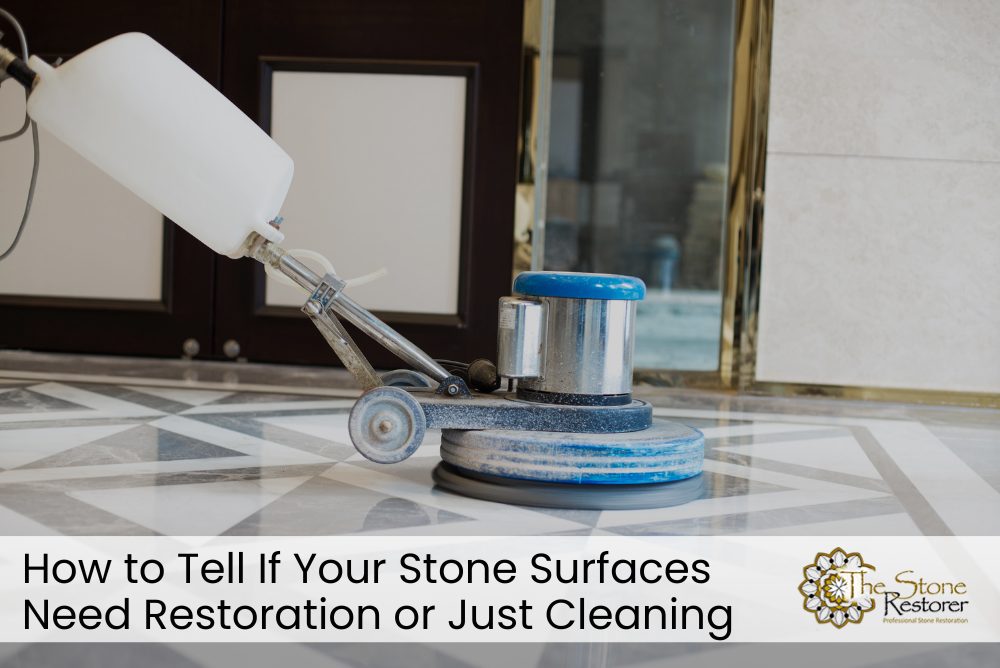When it comes to maintaining a spotless home, clean tiles are essential. Tiles, often found in kitchens, bathrooms, and hallways, can quickly accumulate grime and dirt. Whether you’re dealing with ceramic, porcelain, or natural stone tiles, tile cleaning not only enhances the appearance of your home but also extends their lifespan.
Let’s dive into the nitty-gritty of tile cleaning to ensure your floors and walls gleam with pride!
Why Tile Cleaning Matters
Health and Hygiene
Dirty tiles can harbour germs and bacteria, leading to potential health risks. Regular cleaning helps prevent these issues, keeping your home safe and sanitary.
- Reduces Allergens: Dust and allergens often accumulate on tiles, particularly in grout lines, causing allergies and respiratory issues.
- Prevents Mould and Mildew: Bathrooms and kitchens are prone to moisture, making them a breeding ground for mould and mildew, which can cause respiratory problems and other health issues.
- Enhances Air Quality: Clean tiles contribute to better indoor air quality by eliminating dust, mould spores, and other contaminants.
Aesthetic Appeal
Nobody likes the look of grimy, stained tiles. Clean tiles instantly uplift the overall look of your home, making it more inviting and pleasant. Sparkling tiles reflect light better, making rooms appear brighter and more spacious. Additionally, maintaining clean tiles helps preserve the original colour and design, ensuring your home looks its best.
Longevity of Tiles
Proper tile cleaning techniques ensure your tiles remain in top condition, reducing the need for frequent replacements. Regular maintenance prevents wear and tear, such as scratches and discolouration, thus extending the life of your tiles. By investing a little time in proper cleaning, you can save money in the long run on repairs and replacements.
Understanding Your Tiles
Types of Tiles
Before you start scrubbing away, it’s crucial to understand the type of tiles you have. Each type requires a different cleaning approach:
- Ceramic Tiles: These are durable and easy to clean. They can withstand various cleaning agents, making them a popular choice for high-traffic areas.
- Porcelain Tiles: Similar to ceramic but denser. They are highly resistant to stains and water, making them ideal for bathrooms and kitchens.
- Natural Stone Tiles: Includes marble, granite, and slate. These are porous and need special care to avoid damage. They are elegant and add a touch of luxury to any space but require more maintenance.
Identifying Grout Types
Grout is the material between your tiles. Identifying the type of grout is just as important as knowing your tiles:
- Cement-based Grout: Most common but porous and prone to staining. It needs regular sealing to protect against moisture and stains.
- Epoxy Grout: Resistant to stains and chemicals, but can be tricky to apply. It’s more durable and less porous than cement-based grout, making it a good choice for areas exposed to water and grease.
Essential Tile Cleaning Supplies
Before you get started, gather these must-have cleaning supplies:
- Microfibre Cloths: Gentle on tiles and effective at picking up dirt. These cloths can be used wet or dry and are ideal for daily cleaning.
- pH-neutral Cleaner: Safe for all tile types, especially natural stone. Avoid using acidic or alkaline cleaners that can damage your tiles.
- Grout Brush: A stiff brush for scrubbing grout lines. Choose a brush with sturdy bristles that can reach into the grout lines without scratching the tiles.
- Steam Cleaner: Ideal for deep cleaning and sanitising. Steam cleaners can effectively remove stubborn dirt and kill bacteria without the need for harsh chemicals.
- Bucket and Mop: A classic combo for regular cleaning. Opt for a mop with a detachable head that can be easily cleaned and replaced.
Step-by-Step Tile Cleaning Guide
Daily Maintenance
Daily cleaning keeps your tiles looking fresh and prevents the build-up of grime.
- Sweep or Vacuum: Remove loose dirt and debris. Use a broom or vacuum cleaner with a hard floor attachment to avoid scratching the tiles.
- Damp Mop: Use a damp mop with a pH-neutral cleaner for a quick clean. Avoid using too much water as it can seep into the grout and cause damage.
- Dry Wipe: Ensure tiles are dry to prevent water spots. Use a dry microfibre cloth to wipe the tiles after mopping.
Weekly Cleaning
A more thorough cleaning routine should be done weekly to maintain that pristine look.
- Pre-Treat Grout: Apply a grout cleaner or baking soda paste to grout lines. Let it sit for a few minutes to loosen dirt and stains.
- Scrub Tiles and Grout: Use a grout brush and tile cleaner. Scrub in a circular motion to effectively remove dirt.
- Rinse and Dry: Rinse the area with clean water and dry with a microfibre cloth. Make sure to remove all cleaning residues to prevent streaks and film.
Monthly Deep Cleaning
Deep cleaning ensures all stubborn stains and dirt are removed.
- Steam Clean: Use a steam cleaner to sanitise tiles and grout. The high temperature of the steam effectively kills bacteria and loosens grime.
- Inspect for Damage: Check for any cracks or chips in tiles and grout. Address any issues immediately to prevent further damage.
- Seal Grout: Apply a grout sealer to protect against future stains and moisture. This step is crucial for maintaining the integrity and appearance of your grout.
Dealing with Stubborn Stains
Sometimes, regular cleaning isn’t enough. Here’s how to tackle those stubborn stains:
- Grease Stains: Use a mixture of warm water and dish soap. Apply the solution to the stain and scrub gently with a soft brush.
- Hard Water Spots: Apply a vinegar solution and scrub gently. Vinegar helps dissolve mineral deposits that cause hard water spots.
- Mould and Mildew: Use a bleach solution or specialised mould cleaner. Ensure good ventilation and wear protective gloves when using bleach.
Tips for Maintaining Natural Stone Tiles
Natural stone tiles need a bit more TLC:
- Avoid Harsh Chemicals: Use pH-neutral cleaners specifically designed for natural stone. Harsh chemicals can etch and dull the surface.
- Regular Sealing: Seal your tiles regularly to protect against stains and moisture. Sealing creates a barrier that prevents liquids from penetrating the stone.
- Blot Spills Immediately: Natural stone is porous and can absorb liquids quickly. Blot spills with a soft cloth to prevent staining.
FAQs About Tile Cleaning
How often should I clean my tiles?
Daily sweeping and weekly mopping are ideal, with monthly deep cleaning for best results. Regular maintenance prevents dirt build-up and keeps your tiles looking new.
Can I use vinegar on all tiles?
Vinegar is safe for ceramic and porcelain but should be avoided on natural stone as it can cause damage. Always check the manufacturer’s recommendations before using any cleaning agent.
How do I clean discoloured grout?
Use a grout cleaner or a paste made from baking soda and water. Scrub with a grout brush and rinse thoroughly. For stubborn stains, a steam cleaner can be very effective.
What’s the best way to prevent mould in bathrooms?
Keep the area dry, use a mould-resistant grout, and clean regularly with an anti-mould cleaner. Ensure good ventilation to reduce moisture build-up.
Should I hire a professional for tile cleaning?
For tough stains or extensive areas, professional cleaning can be more effective and save you time. Professionals have specialised tools and knowledge to handle various tile types and stains.
A Clean Home Awaits!
Ready to transform your home with gleaming tiles? With these tips and tricks, maintaining spotless tiles is a breeze. If you need expert assistance, The Stone Restorer offers professional services to keep your tiles looking brand new. Don’t wait – give your home the shine it deserves!
Give us a call today at 0414 469 301 or ask us for a fast free quote on your tile cleaning or restoration project.






